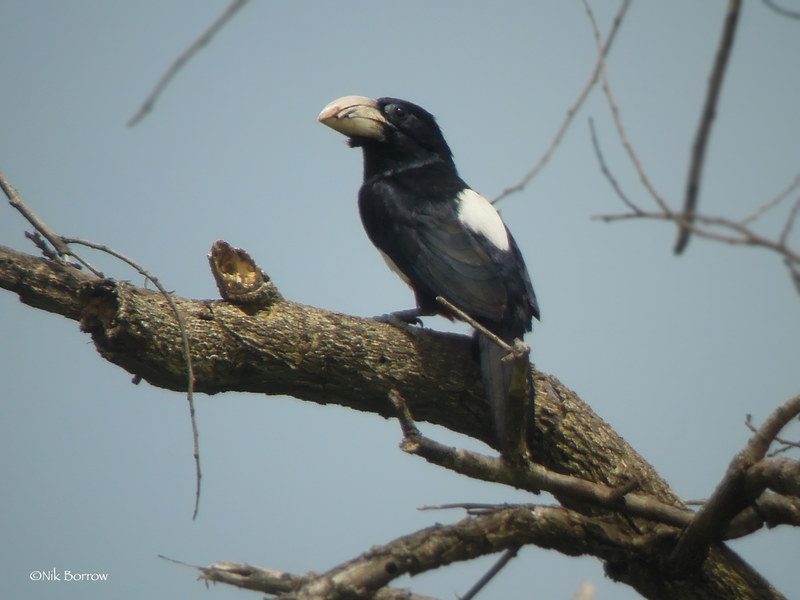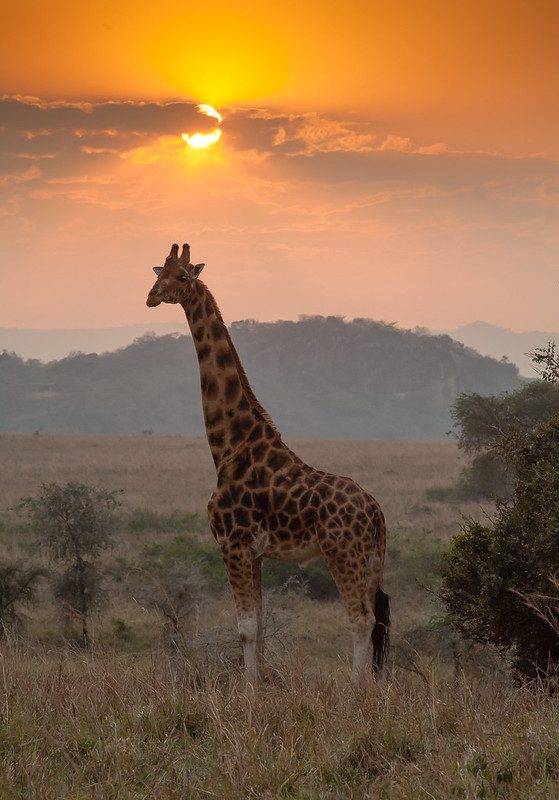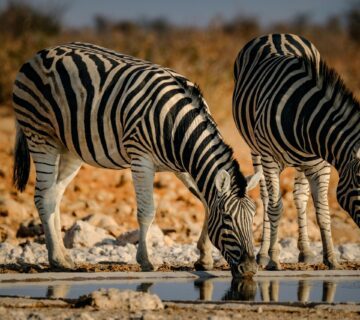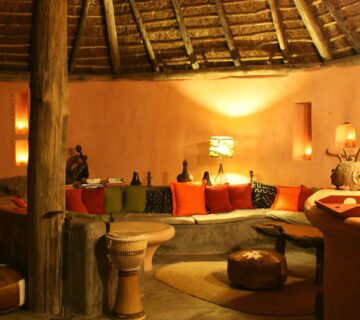What Is The History Of Kidepo National Park?
Kidepo National Park also known as Kidepo Valley National Park is located in the Karamoja region. It is one of the game reserves with a fascinating history. This is because the story regarding this park stems from pastoralism to it becoming a renown conservation area.
Early Human Settlement And Karamojong Heritage
Before Kidepo National Park, its rich grasslands were home to the pastoralist communities of the Karamojong, the Ik and Dodoth people. These nomadic people moved with their cattle seasonally in order to find water and pasture. The Kidepo and Narus valleys were therefore very important for the survival of these indigenous communities. The word Kidepo comes from the Dodoth or Karamojong language which means to “pick up.” These early communities lived and co-existed peacefully and spent their leisure time hunting for food and carrying out cultural ceremonies as their way of life.
Beginning Of Conservation In The 1920’s To The 1950’s
The British colonialists spotted this area’s rich abundance and decide to kickstart conservation efforts. This however meant that the area’s indigenous communities were to be displaced. In the 1950’s, the local communities carried out uncontrolled hunting endangering wildlife species which led to the area being protected by the colonial government. In 1958, the area was gazetted with it taking on the name of Kidepo Game Reserve. Back then it covered approximately 1250 square kilometers. With this new development, the Ik people were forced to relocate to the higher grounds of the Morungole mountains. This unfortunate development inflicted devastating cultural and social consequences since the Morungole mountains had less fertile land.
Transition To A National Park In 1962
After Uganda gained her sovereignty from her colonial masters, the new government upgraded Kidepo’s status from a game reserve to a game park. This was done to bolster conservation efforts and tourism. As a result, the park’s area was expanded to 1442 square kilometers all the while encompassing the Kidepo and Narus rivers. This development showed that Uganda was committed to preserving its natural heritage.
Uganda’s Political Instability-Kidepo National Park Decline
In the 1970’s and 1980’s, Uganda faced dark times as a result of political instability under the regimes of Amin Dada and Milton Obote. The park was greatly affected as its infrastructure declined with tourism being at a halt. The indigenous communities took advantage of the instability and poached recklessly within the game park. Lions, elephants and giraffes were killed in large numbers. As a result, the park became isolated and it could no longer boast of the once thriving wildlife that it had.
Rehabilitation Of Kidepo National Park
The 1990’s saw Uganda return to her hey days. The Uganda Wildlife Authority took on efforts to preserve the park. Anti-poaching units were made, ranger training was also carried out together with community involvement. The UWA started sensitizing and involving community in the conservation efforts. As a result, wildlife numbers began to recover. Some animals species like the cheetahs, elephants and lions re merged once again. The park was therefore restored to its honorable status of Uganda’s most diverse parks in terms of wildlife.
Infrastructure improved once again with road construction and other social amenities being brought closer to the park.
Cultural And Ecological Significance Of The Kidepo National Park Today
The indigenous people still maintain their traditional lifestyle. This offers tourists a glimpse into Uganda’s ancient heritage portrayed by cultural dress and dance plus regalia.
Kidepo National Park also serves as a testament to the intertwining of culture and history for a common good which is preserving wildlife. The park indeed reflects the dynamic history and relationship between humans and animals.






